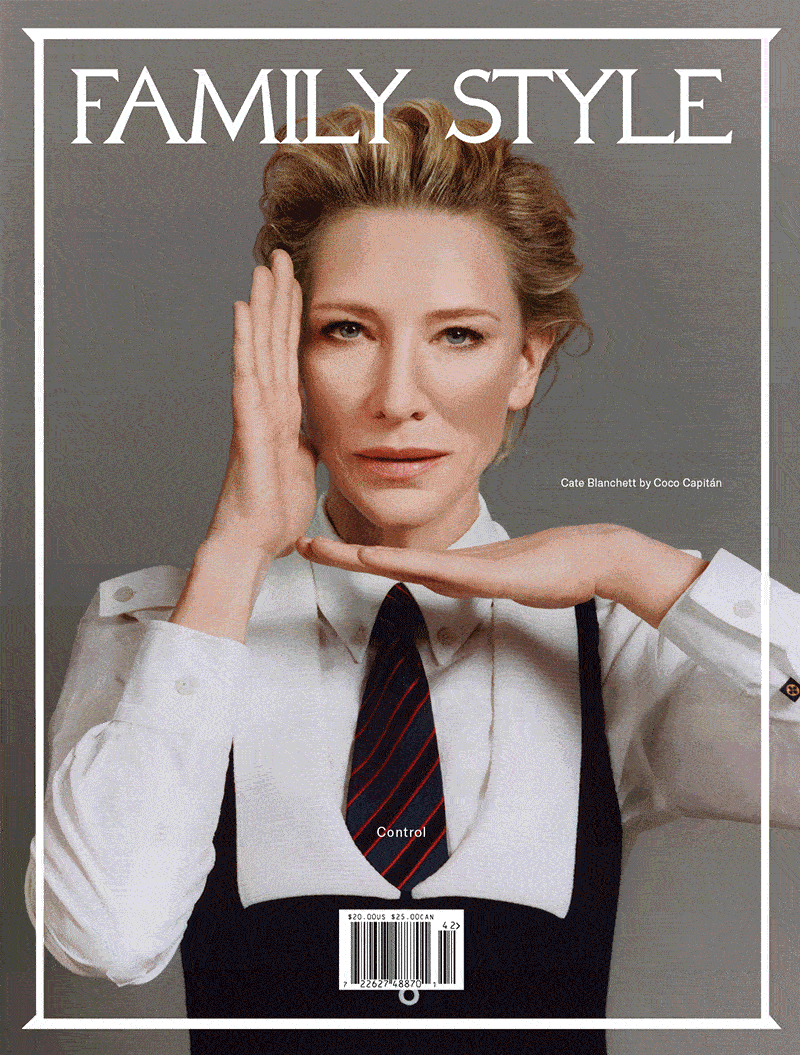What is your first memory of sharing a meal with friends? What did you eat, and what did you talk about? In Italy—in the small town outside of Florence where I grew up—my first experience of eating lunch outside of my family kitchen was in a classroom of 5-year-olds, all in blue uniforms. We’d take out our food from our backpacks, some wrapped in fancy paper, some in Ziploc bags, some in industrial packaging. La ricreazione, what you would translate to “recess” or “playtime,” was the place for a silent exchange of information: who we were and where we came from. You can always find out so much about other people by looking at what and how they eat.
My mind brings me back to the look and taste of that special sandwich that followed me for the next decade: toast. It was ham and cheese between two slices of white bread, toasted and wrapped in aluminum paper in the early morning. From elementary school to high school and university, I never had the choice of experiencing a mensa; cafeterias did not exist in Italian public schools. We always brought our own food or bought it nearby, and we shared it with friends at our desks or outside in the courtyard or in the corridors.
Growing up and watching American television, I always envied cafeterias: waiting in line and having multiple choices of food, the salad bar or the french fries. I longed for the table politics and even the food fights that I always saw in teen movies. Finally, on my summer abroad when I was 16, I ended up having to eat in the dining hall of the University of Cambridge, where the food was terrible, and the common language was Spanish. By then, my taste—for food and for people—and my personal identity had evolved too much to be interested in the whole imaginary cafeteria scene.

Condé Nast's Frank Gehry-designed cafeteria.
Through my university years and my multiple temporary jobs, going into a communal restaurant and lining up with my tray to collect food and share it with others was never part of my daily routine. My Italian way was (and still is) ordering a sandwich while standing at a coffee shop— a ham-and-cheese toast still an essential part of my diet. Or getting a table in a restaurant with a colleague or two, ordering a salad or pasta for a frugal meal while dishing on the office gossip. Everything changed when I arrived in New York and started working for Condé Nast, where lunches became power lunches, and work lunches were business meetings.
At Condé, even a cafeteria could be a real attraction—although not for the food, even if it did get better when the main offices moved from 350 Madison Avenue to 4 Times Square, and Frank Gehry was invited to design it. Because my job took me traveling a lot, going to Gehry’s cafeteria for lunch with S.I. Newhouse Jr. or some other executive always felt like work, charged with tension and expectations, and I was never really able to enjoy the airy elegance of the place nor the different choices of exotic foods. There have been other glamorous Condé Nast cafeterias before, like the Four Seasons and the Royalton restaurants, where every table had the name of an editor, but the Times Square cafeteria—with the Vogue fashion assistants running by in the latest trendy clothes and art directors and photographers plotting—was the kind of luxury mensa I had never imagined. I still fantasize about it.
My most beautiful and nostalgic memories took place in The New York Times’ cafeteria in the Renzo Piano building during my T Magazine years. If I close my eyes, I can see the unpleasant yellow and red walls, the communal large tables and uncomfortable chairs, the conventional food on the counters... and the people I really admired. I can hear the voices of my colleagues, the laughs, the whispers, the gossip, and the thoughtful conversation. We got so much work done in that cafeteria. Sitting at those round tables where another chair was always welcome, we planned entire issues and came up with great ideas and concepts for covers. I loved that cafeteria in the evening when the newsroom journalists and photographers came to work on the next day’s paper, as the lights dimmed and the traffic on Eighth Avenue slowed down and went quiet.
That was the cafeteria where I learned the meaning of sharing a meal with a group of people. Looking back, I love it and will miss it forever.






.avif)




.avif)

